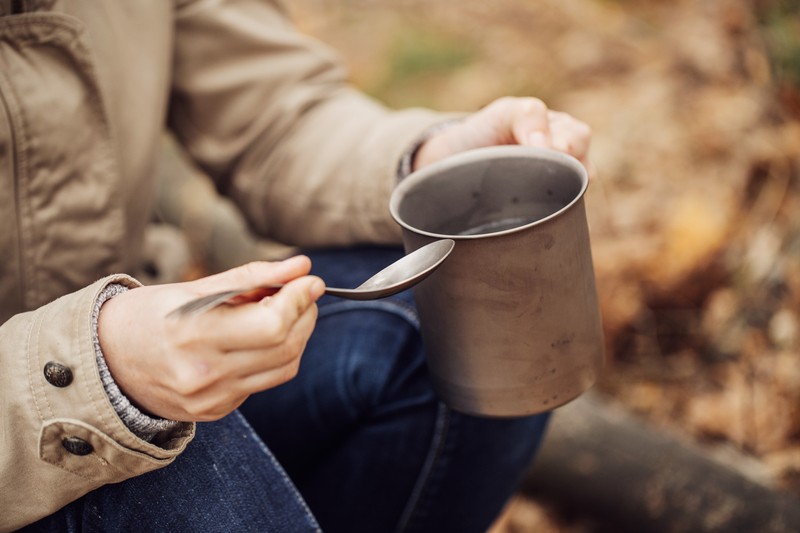What's nice about the following survival food is they're easy to store and are also great items for trading or “cashing in” should the neighborhood situation depend on such foresight.
There are other necessities, of course, but these four (4) items can certainly get you started:
Disclosure: Some of the links below are affiliate links. Thank you for your support of this website.
1. Salt– salt can be used as both a way to preserve food as well as flavoring dishes. I put salt at the top of the list because most of us don’t have a way to get salt where we live. We can all grow our own herbs, but most people do not have a naturally occurring salt source in the vicinity of their home. I recommend a true Sea Salt (affiliate link) for cooking and baking. Store salt in a dry area as moisture will make it cake together. If doing a lot of preserving and curing meat with salt, you’ll want at least 50 pounds for a year, probably more.
2. Fat source. Our bodies require a certain amount of fat in order to function right… (Which means I should be highly functionable!). Fruits, vegetables, and foraging wild edibles are part of a well-balanced diet, but unless you have access to your own meat for rendering lard (here’s how to render your own lard), you probably won’t have a fat source. We need fat for cooking and baking. I use butter, lard, coconut oil and olive oil. Mark the container to see how much of each fat you use for a few months and then multiply it out. Coconut oil can be used as a moisturizer and in homemade creams and salves as well. I keep 10 quarts on hand for a year of Organic Nutiva Coconut oil. *affiliate link (Costco also carries this brand of coconut oil at a slightly lower price) I use about 8 pints of our rendered lard and 1 bottle of olive oil a year. Butter is my darling and I use about a pound a month. Store your fat source out of the heat and light. I put extra butter and lard in the freezer.
3. Wheat berries. You’ll see flour on lots of food storage lists, but quite, frankly, flour is not meant for long term food storage. It will go rancid and can also be a home for pests… Wheat berries and other forms of grains for people who are gluten intolerant, will store for years. Not only can they be ground into flour, but they can also be soaked and cooked into a cereal. We use about 100 pounds of wheat berries a year. I use hard white wheat and spelt as our primary type of wheat berries. Here is more info on choosing a wheat grinder and how to grind your own flour. Store wheat berries in a cool and dry location.
4. Honey. Honey is a non-perishable food. Raw honey is excellent for both eating, cooking, and medicinal purposes. You can make a ginger infused honey for medicinal purposes during cold and flu season. Honey can also be used for wounds and to help with allergies. Honey is excellent for baking and what I use in my whole wheat buttermilk sandwich bread. If honey hardens or forms crystals, simply place it in hot water. Plus, honey just plain tastes good. I love to swirl it in my coffee. Store honey out of direct sunlight.
Speaking of food, you might also consider starting your own backyard garden, for fresh fruits and veggies. That is never a bad idea. During a disaster or crisis, where supplies are limited, folks will really be craving fresh foods.
For more information, head over to Melissa K. Norris. There are other important items for you to consider. Do not hesitate. Start that pantry before it is too late!
